Salt Lake City | Friday, 17 March 2023 |

Bishop Waddell Talks Water Conservation in the Church of Jesus Christ
“We are committed to be a part of the solution to help the Great Salt Lake,” the Church leader says
Speaking at the 28th annual Wallace Stegner Center Symposium at the University of Utah on Friday, March 17, 2023, Bishop W. Christopher Waddell of the Presiding Bishopric outlined this history and the Church’s current and future water conservation efforts. He described the “continual and ongoing Churchwide effort to improve our care of natural resources, including the implementation of best practices and available technology to improve our water efficiency.”
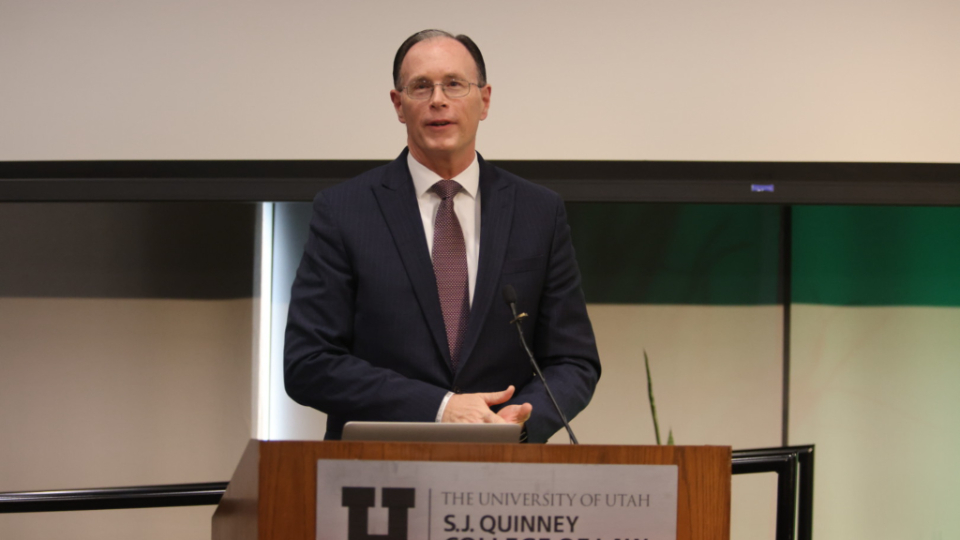
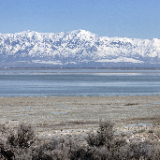
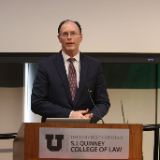
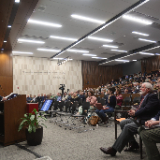
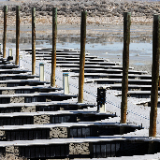
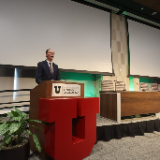
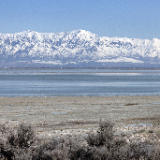
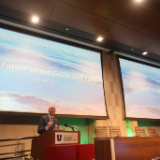
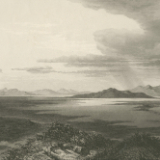
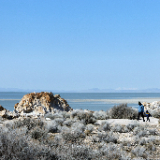

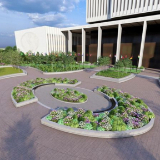


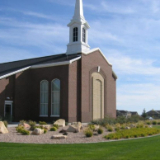

“We are committed to be a part of the solution to help the Great Salt Lake and have made some initial efforts to contribute,” Bishop Waddell said.
Those efforts include the donation announced on Wednesday, March 15, 2023, of the Church’s water shares in the North Point Consolidated Irrigation Company — possibly the largest permanent donation of water to benefit the Great Salt Lake that Utah has ever received. The 20,000 acre-feet donated are equivalent to a water supply for 20,000 single-family homes.

And in accordance with Utah’s water-related liability amendments (HB-33), the Church continues to evaluate its water assets in five counties that surround the Great Salt Lake and water assets diverted from Utah Lake that will have the highest likelihood of delivery to the Great Salt Lake.
The First Counselor in the Presiding Bishopric also mentioned research by BYU faculty (see, for example, this article) that helps Church leaders and others know how to best save the Great Salt Lake.
“We are indebted to the subject matter experts who study the conditions of the Great Salt Lake and the impacts and future risks of its declining water levels,” Bishop Waddell said. “We encourage engagement and responsiveness to legislative changes and other recommendations from subject matter experts recognizing the need to act with urgency and unity towards the future we hope for — one with a healthy Great Salt Lake.”
Bishop Waddell mentioned several other ways the Church is using water wisely. For example, on its farms the faith uses soil moisture probes to inform irrigation decisions. They are also developing water management plans for all the Church’s agricultural properties. And at its meetinghouses, temples and other facilities, the Church has installed smart controllers, hydrometers, rain sensors and drip irrigation systems.
From 2018 to 2022, these practices have saved nearly 40 million gallons of water a year at Church headquarters in Salt Lake City.
Beginning in the early 2000s, the Church moved away from lawn-heavy landscaping at its meetinghouses. This shift (from as much as 90% grass to as low as 35% grass), along with other water-saving practices, led to a 35% reduction in water use at meetinghouses in Salt Lake County in 2022 (compared with 2020).
Bishop Waddell said water is also being saved at BYU in Provo. In the past 20 years, the university has cut its use of culinary water by two-thirds, even with an increased building footprint. The university also conducts regular water audits and uses smart irrigation and water-wise landscaping, including drought-tolerant plants and mulch comprised of campus green waste, which reduces water use in flower and shrub beds by 30%.
In addition to all this and more, Bishop Waddell said, the Presiding Bishopric created a Sustainability Office and Sustainability Leadership Committee last year to develop key cross-functional initiatives within Church operations.
“We have expanded our teaching of the guiding principle of wise stewardship to emphasize the need to care for our natural resources and encourage our global employees to lead out in their efforts to implement creative solutions within the Church’s operations that [in the words of President M. Russell Ballard] ‘protect the future for all God’s children,’” Bishop Waddell said.
Future Water Conservation Plans
In addition to its efforts to help save the Great Salt Lake and conserve water at its Utah facilities, the Church of Jesus Christ continues to study how to implement waterwise practices globally.
“Our aim is to understand more fully what sustainable landscaping should be based on local climates and identify opportunities to conserve water and natural resources,” Bishop Waddell said.
This includes improving runoff water quality, collecting and reusing stormwater, mitigating the heat island effect and integrating the landscape into the existing and regional context.
People will notice some of these learnings when Temple Square reopens in coming years. The new grounds will feature more perennials, less grass and 30% more trees. Turfgrass is being reduced by 35% and annuals by 50%. All turfgrass will receive 35-40% less water from June to September.
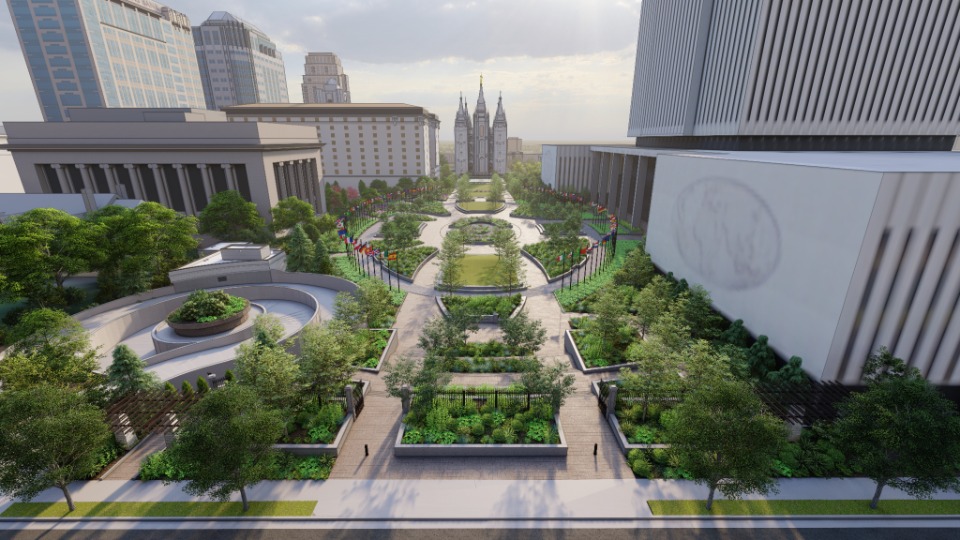
Total estimated water savings in the first five years will be between 40 and 50 million gallons and 15 to 20 million gallons a year after that.
Bishop Waddell quoted President Russell M. Nelson’s October 2021 call to “implement extraordinary measures — perhaps measures we have never taken before — to strengthen our personal spiritual foundations.”
“We are grateful for President Nelson’s wise and optimistic call for continuous improvement in our spiritual lives,” Bishop Waddell said, “and [we] believe his words can be a clear guide for our efforts to be wise stewards as well.”
Prayer
In addition to all the Church has done and is doing to conserve water, Bishop Waddell said prayer is critical and has proven providential.
In June 2022, the Church invited Latter-day Saints to “join with friends of other faiths in prayer to our Heavenly Father for rain and respite from the devastating drought.” The invitation emphasized that “we all play a part in preserving the critical resources needed to sustain life — especially water — and we invite others to join us in reducing water use wherever possible.”
The Utah Department of Natural Resources reports that as of March 16, 2023, water content in the snowpack across Utah is at an all-time high for the date.
“We are grateful for the snow and rain we have received this season — though perhaps not when we are shoveling our driveways,” Bishop Waddell said. “We should acknowledge God’s hands in providing us this blessing and that our work is not done yet. We must continue with all diligence if we are to make the difference that is needed. May the Lord grant us all the faith and perseverance to be wise stewards of our water, our land, and the resources that flow through them.”
Read his full remarks from the 2023 Stegner Symposium: “A Perspective from The Church of Jesus Christ of Latter-day Saints.”

